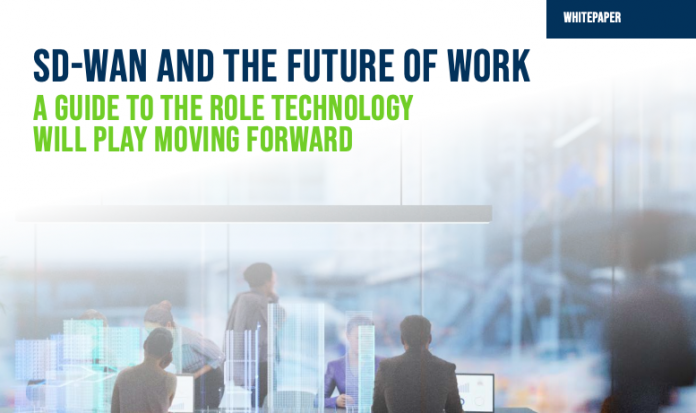Vertel, Australia’s largest privately-owned telecommunications carrier, has revealed the top 10 technologies that will impact workplaces between 2020 and 2025 in a research paper commissioned by Vertel and undertaken by Tech Research Asia.
According to the report, SD-WAN and the Future of Work: A guide to the role technology will play moving forward , “The technologies and policies we’ve adopted to enable the flexible digital workplace of 2020 will continue to evolve exponentially. The industry will see as much change in the next five years as it saw in the decade from 2010 to now. Recent global events have acted as a disruptive force that has accelerated the adoption of alternative work practices and it’s unlikely we will return to our previous behaviours.”
The aged care sector is one of the industries that will benefit most from these new technologies, as the indsutry embraces virtual health solutions such as remote monitoring of patients using senors, telehealth, staff management and data capture to enable access to real-time information across the business.
The top 10 technologies that will underpin the way employees work between 2020 and 2025 are:
1. Software-defined workplace infrastructure.
2. 5G-enabled systems.
3. Artificial intelligence and virtual assistants.
4. Simplified unified communications and collaboration in real time.
5. The digital twin of Internet of Things (IoT) designed and quantified workplaces.
6. Traceability systems.
7. Self-healing security systems.
8. Virtual reality and augmented reality.
9. Autonomous and semi-autonomous machines.
10. Automation everywhere.

Tony Hudson, commercial director, Vertel, said, “Importantly, the research has revealed that SD-WAN will be a pillar technology in enabling the digital workplace of the future. This will be seen in many industries such as aged care, education, emergency services and construction. As the workforce demands more flexibility and mobility, SD-WAN has an important role to play in helping organisations legitimise these as part of the reality.”
SD-WAN turns organisations’ wide area network (WAN) into a software-enabled and managed environment. More than this, SD-WAN supports workloads that are increasingly located away from company offices such as in the cloud.
Tony Hudson said, “Tech Research Asia identified some of the key reasons that SD-WAN will be a pillar technology including offering a more agile approach to managing connectivity and providing more granular information on the network and user behaviour. Its ability to balance employee needs with strong security was also called out, which is an increasingly important consideration for organisations in an environment where cyberattacks are on the rise and becoming more targeted.”










